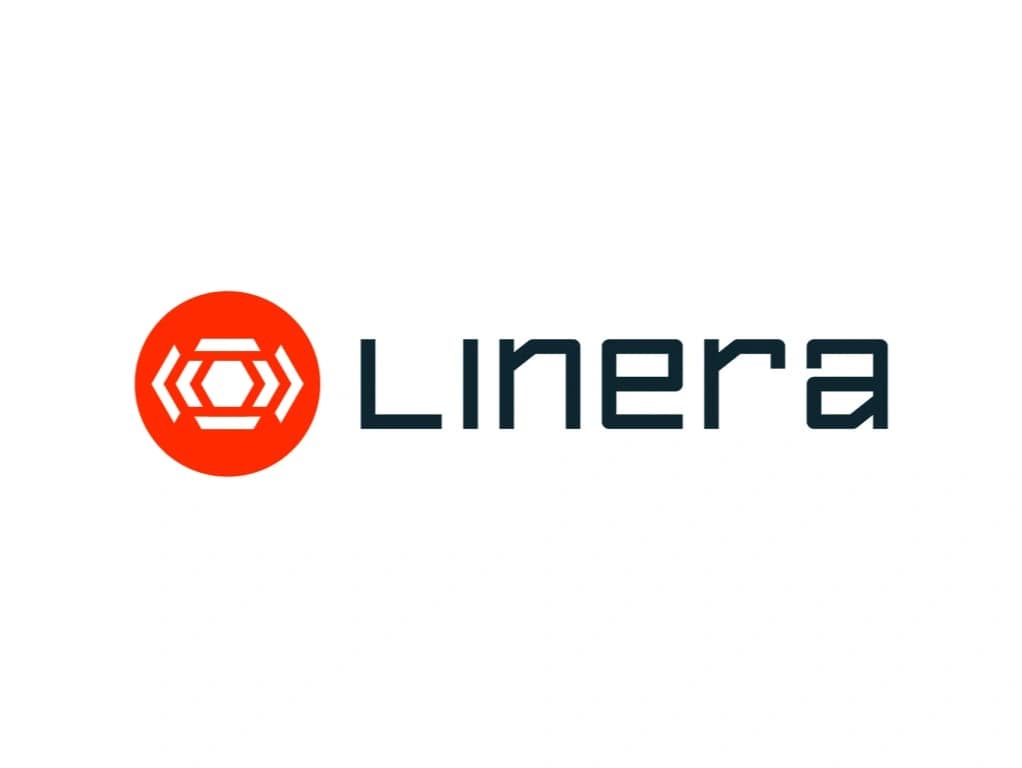Linera
Linera는 예측 가능한 성능, 보안 및 인터넷 규모의 응답성을 제공하여 확장성이 뛰어난 Web3 애플리케이션을 지원하도록 설계된 블록체인 인프라입니다. 기존 블록체인 아키텍처에서 일반적인 블록 공간 부족 문제를 해결하기 위해 탄력적인 검증자와 마이크로체인을 기반으로 하는 멀티체인 패러다임을 도입합니다. [1] [3] [4]
개요
Linera는 초고속 연결 실시간 애플리케이션에 최적화된 최초의 Layer 1 블록체인으로 자리매김하고 있습니다. 이 프로토콜은 사용자가 자신의 체인인 마이크로체인에서 블록 생성을 관리하여 최적의 성능을 얻을 수 있도록 함으로써 사용자를 중심에 두고 있습니다. 이러한 접근 방식은 기존 블록체인 인프라, 특히 트랜잭션 처리량과 지연 시간에 대한 근본적인 한계를 해결하는 것을 목표로 합니다.
Linera 인프라는 위임 지분 증명(DPoS)을 기반으로 하며 경제적 인센티브와 대규모 커뮤니티 기반 감사를 통해 강력한 분산화를 제공하는 데 중점을 둡니다. Web3 개발자가 Linera 인프라를 활용할 수 있도록 이 프로젝트는 풍부하고 언어에 구애받지 않는 멀티체인 프로그래밍 모델을 개발했습니다. 초기 SDK는 WebAssembly (Wasm) 가상 머신을 통해 Rust 프로그래머를 대상으로 합니다. Linera 애플리케이션은 비동기 메시지를 사용하여 체인 간에 통신할 수 있으며, 동일한 마이크로체인 내에서는 동기 호출과 임시 세션(리소스)을 사용하여 애플리케이션이 구성됩니다. 이 아키텍처는 복잡한 분산 애플리케이션에서 보안과 높은 성능을 모두 제공합니다. [1] [2][3]
Linera 멀티체인 프로토콜
Linera 멀티체인 프로토콜은 확장 가능하고 분산 애플리케이션 개발을 지원하도록 설계된 Linera 인프라의 기본 구성 요소입니다. 기존의 단일 체인 시스템과 달리 Linera는 마이크로체인이라고 하는 여러 개의 병렬 체인에 걸쳐 트랜잭션을 구조화합니다. 이러한 마이크로체인은 네트워크 전반에 애플리케이션 상태를 분산하여 수평적 확장성을 가능하게 합니다. 프로토콜 참여자는 사용자, 검증자 및 체인 소유자를 포함합니다. 검증자는 블록을 검증하는 책임이 있으며, 체인 소유자는 새로운 블록을 제안하고 개별 마이크로체인을 관리합니다. 네트워크 재구성이 진행 중이지 않으면 단일 검증자 집합이 모든 마이크로체인에 서비스를 제공합니다. 이 아키텍처는 블록 제안과 블록 검증을 분리하여 분산 프레임워크 내에서 애플리케이션 상태를 보다 유연하고 효율적으로 관리할 수 있도록 합니다. [1]
마이크로체인
Linera 아키텍처의 핵심에는 마이크로체인이 있습니다. 마이크로체인은 블록의 작은 체인으로, 애플리케이션이 최소한의 지연 시간으로 온체인 데이터를 읽고 쓸 수 있도록 합니다. 마이크로체인 개념은 Linera의 확장 접근 방식에 있어 기본적입니다.
크로스체인 메시징
Linera에서 애플리케이션 상태는 여러 마이크로체인에 분산되며 각 체인은 자체 로컬 상태를 유지합니다. 크로스체인 메시징은 비동기 메시지 전달을 사용하여 이러한 체인 간의 통신을 가능하게 합니다. 메시지는 검증자 네트워크 내에서 원격 프로시저 호출(RPC)로 전송되고 수신 체인의 받은 편지함에 배치됩니다. 그런 다음 해당 체인의 다음 블록 제안에 선택된 메시지를 포함하고 실행하여 메시지가 한 번만 순서대로 처리되도록 할 수 있습니다. 실행이 실패하면 메시지를 삭제할 수 있습니다.
체인 소유권 및 합의
체인에는 하나 이상의 활성 소유자가 있을 수 있습니다. 모든 소유권이 제거되면 체인은 영구적으로 비활성화됩니다. 검증자는 지정된 높이에서 각 블록의 고유성을 적용하여 안전성을 보장하는 반면, 새로운 블록을 생성하는 생존성의 책임은 체인 소유자에게 있습니다.
Linera는 블록을 제안하기 위해 다단계 라운드 구조를 사용합니다.
- 빠른 라운드는 지정된 최고 소유자가 최소한의 지연 시간으로 블록을 신속하게 제안할 수 있도록 하며, 단일 소유자 체인에 적합합니다.
- 멀티 리더 라운드는 모든 소유자가 동시에 블록을 제안할 수 있도록 하여 일시적인 경합을 허용합니다.
- 단일 리더 라운드는 개별 소유자에게 독점적인 시간 슬롯을 할당하여 동시 활동이 많은 체인에서 진행을 보장합니다.
멀티 리더 라운드의 수는 구성 가능하므로 체인이 다양한 사용 패턴에 적응하고 경합이 증가하면 단일 리더 라운드로 전환할 수 있습니다. [1] [7]
